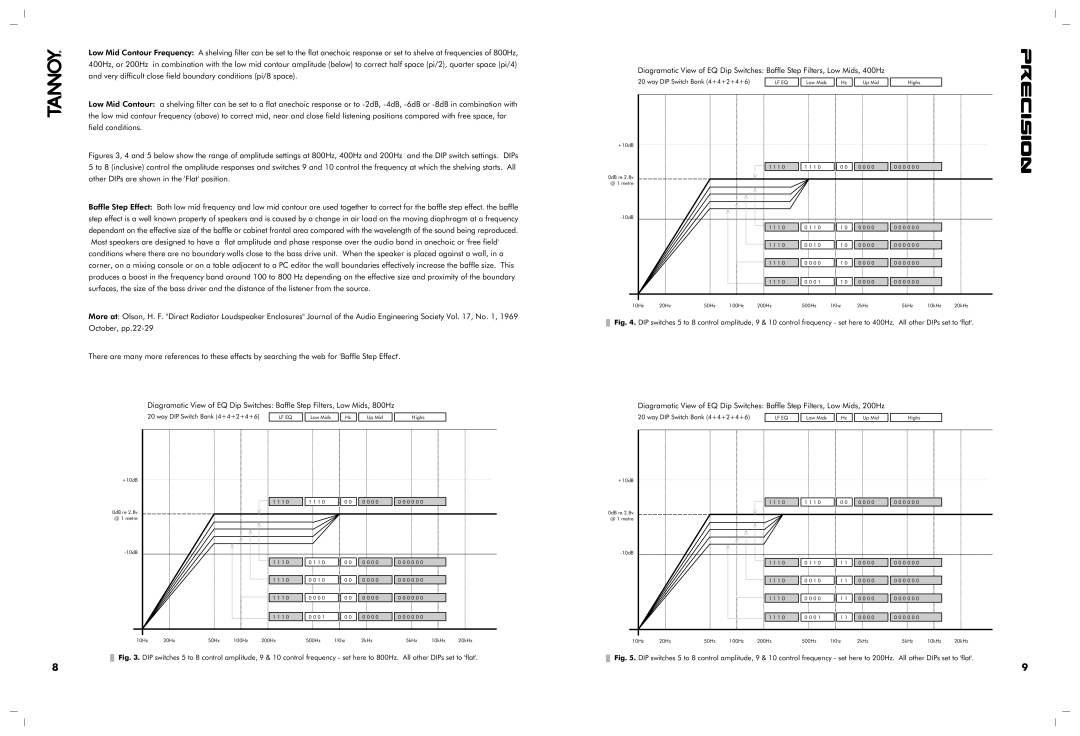6D, 8D specifications
TOA Electronics, a leader in the audio and public address systems sector, has delivered innovative products that set benchmarks in sound quality and system integration. Among its wide range of offerings, the TOA Electronics 8D and 6D series are notable for their advanced features, technologies, and robust characteristics tailored for professional audio environments.The TOA 8D and 6D series are integral components in various applications such as broadcasting, large-scale public address, and indoor/outdoor events. One of the standout features of these systems is their superior sound clarity. By incorporating high-quality components and advanced signal processing algorithms, these devices provide an immersive audio experience that meets the demands of professional users.
A key characteristic of the TOA 8D and 6D series is their power capacity. The 8D model, designed for larger venues, offers increased output power, making it suitable for large-scale events. In contrast, the 6D model is optimized for smaller spaces, providing exceptional audio coverage while maintaining a compact form factor. This flexibility allows users to select the model that best fits their specific needs, whether for a concert hall, conference room, or outdoor gathering.
Both series feature robust connectivity options, including multiple input channels and output configurations, allowing seamless integration with various audio sources and systems. The inclusion of network capabilities enables users to manage and monitor the audio setup remotely, simplifying complex configurations and enhancing overall workflow.
Another significant technology employed in these models is the Digital Signal Processing (DSP) capability. DSP technology allows for real-time adjustments and fine-tuning of audio parameters such as equalization, delay, and dynamics, ensuring optimal sound performance in diverse acoustic environments. This adaptability is crucial for delivering sound that is not only clear but also well-balanced across different frequency ranges.
Durability is also a hallmark of the TOA Electronics 8D and 6D series. Constructed with high-quality materials, these devices are designed to withstand the rigors of professional use, making them reliable choices for any audio setup.
In conclusion, the TOA Electronics 8D and 6D series exemplify the brand's commitment to quality and innovation. Their advanced features, powerful performance, and flexibility make them essential tools for audio professionals seeking to achieve pristine sound in various applications. Whether you're amplifying a voice or delivering music at an event, these systems are engineered to meet and exceed expectations.

